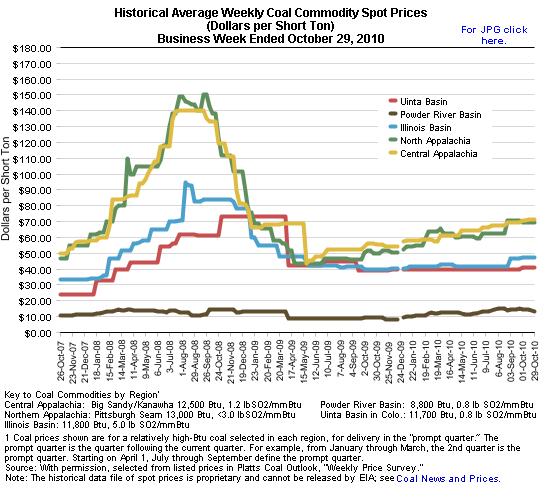Hawaii Rolls Out Feed-in Tariff for Distributed Renewables
The Hawaii Public Utility Commission moved ahead with the state’s feed-in tariff for projects under 500 kW, overruling objections from the state’s largest utility:
The decision came despite requests from Hawaiian Electric Company (HECO) to postpone the program over concerns that added distributed generation resources could destabilize the islands’ power grids.
…However, none of HECO’s objections “appeared to be fatal flaws that warranted any further delay in the development and implementation of the FIT [feed-in tariff] program,” according to statement released by the PUC.
The prices for the feed-in tariff program are as follows, with 20-year contracts:
| Tier | Technology | Eligible System Size | Rate |
|---|---|---|---|
| Tier 1 | Photovoltaics | Less than or equal to 20 kW | $0.218/kWh |
| Tier 1 | Concentrating Solar Power | Less than or equal to 20 kW | $0.269/kWh |
| Tier 1 | On-Shore Wind | Less than or equal to 20 kW | $0.161/kWh |
| Tier 1 | In-line Hydro | Less than or equal to 20 kW | $0.213/kWh |
| Tier 2 | Photovoltaics | Greater than 20 kW, less than or equal to 500 kW | $0.189/kWh |
| Tier 2 | Concentrating Solar Power | Greater than 20 kW, less than or equal to 500 kW | $0.254/kWh |
| Tier 2 | On-Shore Wind | Greater than 20 kW, less than or equal to 100 kW | $0.138/kWh |
| Tier 2 | In-line Hydro | Greater than 20 kW, less than or equal to 100 kW | $0.189/kWh |
| Baseline FIT | Other RPS-Eligible Renewable Energy Technologies** | Maximum size limits for facilities | $0.138/kWh |
The prices assume that the producer will take the Hawaii renewable energy income tax credit (35%).
The program is capped at 80 MW of production: 60 MW on Oahu, 10 MW on the Big Island, and 10 MW for Maui, Lanai, Molokai combined.
Utility helps developers find capacity
The largest utility on the islands, HECO, has also published Locational Value Maps (LVM) to help developers identify places of greatest capacity on the existing grid.






 While there have been prominent news stories of smart grid cost overruns and customer dissatisfaction with programs run by investor-owned utilities, municipal utility smart grid programs are enjoying success. Earlier this week,
While there have been prominent news stories of smart grid cost overruns and customer dissatisfaction with programs run by investor-owned utilities, municipal utility smart grid programs are enjoying success. Earlier this week,